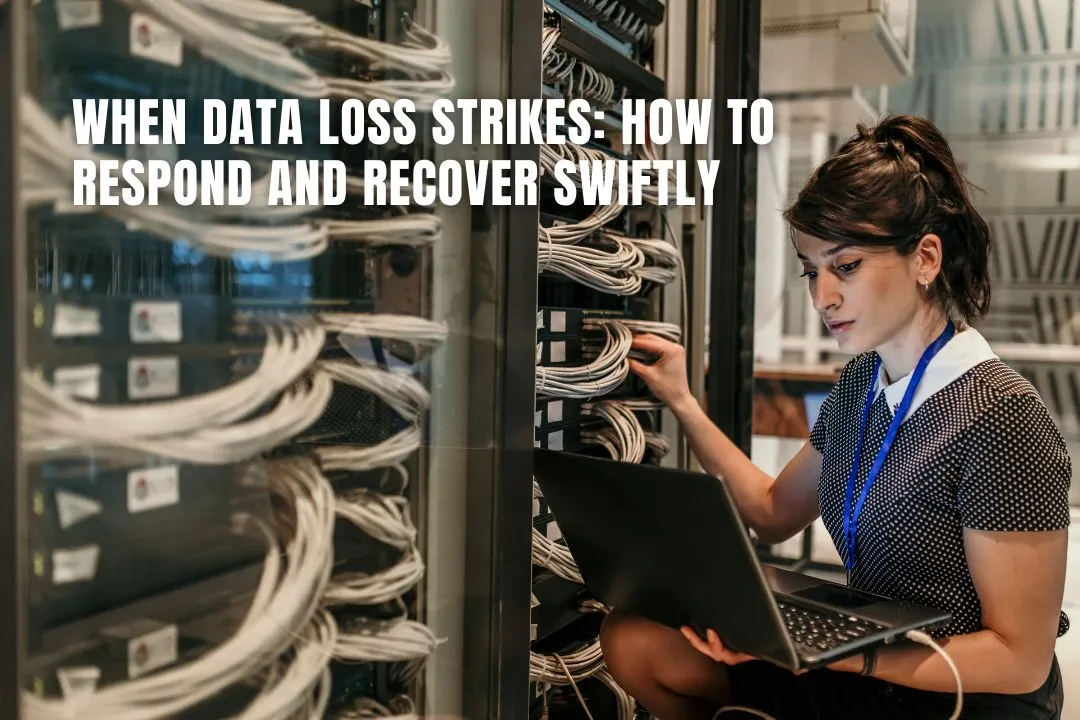
In today’s digital-first world, data is not just an asset, it’s the foundation of both businesses and personal lives. From sensitive client files to cherished family photos, we rely heavily on digital storage. But what happens when disaster strikes and you’re suddenly facing a reformatted SD card or a corrupted hard drive?
Whether you’re running a fast-paced startup or managing a small business, no one is immune to data loss. Acting quickly and wisely can mean the difference between full recovery and permanent loss. In this article, we’ll explore how data loss happens, common mistakes to avoid, and how professional recovery services can help restore your valuable files.
Before jumping into solutions, it's helpful to understand how data loss occurs. The most common causes include:
Identifying the cause is crucial for choosing the right recovery strategy and preventing future incidents.
Losing data can be stressful, but acting out of panic can make things worse. Avoid these common mistakes:
Staying calm and resisting the urge to “fix it fast” will increase your chances of a successful recovery.
There are two main approaches to data recovery: do-it-yourself (DIY) tools and professional recovery services. Each has its place, depending on the severity of the issue.
These are best suited for minor issues, such as recovering recently deleted files. Many programs can scan your drive and recover data, provided it hasn’t been overwritten. However, these tools are limited and should be used cautiously.
For more serious scenarios, such as physical damage, RAID or server failure, or ransomware attacks, professional recovery is the safest option. Companies like SalvageData use advanced tools and cleanroom environments to safely extract data without risking further loss.
Professional services are especially recommended if:
A reputable data recovery service typically starts with a free diagnostic evaluation. You’ll receive a detailed report outlining the cause of the data loss, the likelihood of recovery, estimated costs, and turnaround time.
Most established recovery providers offer:
Recovery times can range from a few days to a few weeks, depending on the complexity of the case. While professional recovery may be a financial investment, the peace of mind and data integrity are often worth the cost.
Preventing data loss is always better than recovering from it. Here are some proactive strategies:
Losing valuable data can feel devastating, whether it’s business records, legal documents, or irreplaceable memories. But a well-informed response can make all the difference. Avoid panic, don’t take risky shortcuts, and seek professional help when needed.
For severe data loss situations, working with a trusted expert like SalvageData ensures your information is recovered using industry-leading technology, with full confidentiality and care.
When your data matters most, don’t leave its recovery to chance.